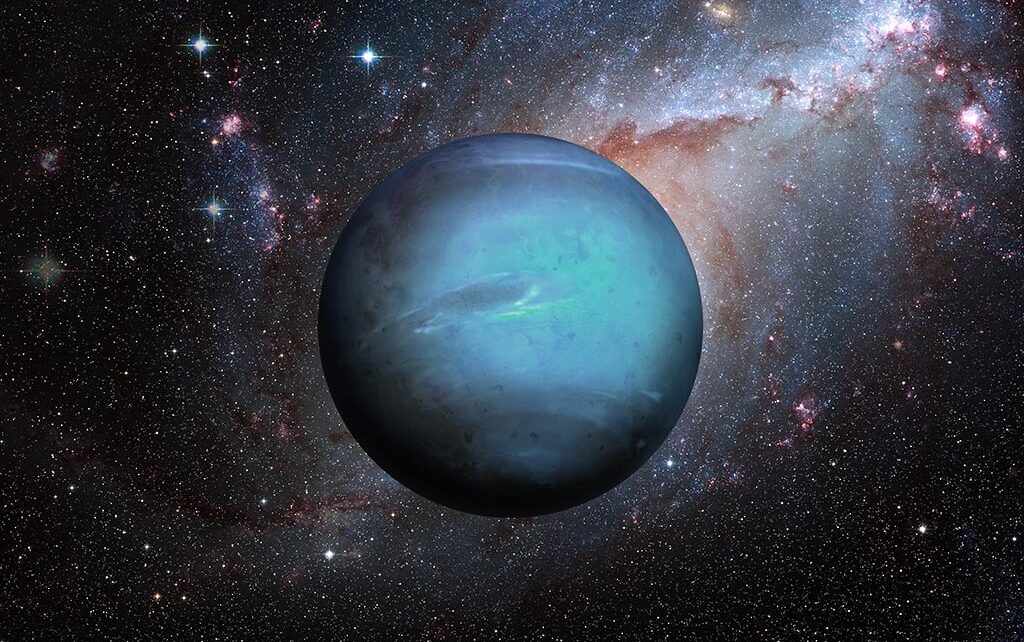Neptune, which is now considered by many astronomers to be the outermost major planet in our solar system, was discovered today, i.e. September 23 in 1846.
The discovery of this planet has always been a controversial subject. Not only was Neptune the second major planet detected in recorded history, but the planet had been mathematically predicted before it was observed. A set of scientists had contested the fact that Italian scientist Galileo Galilee had discovered Neptune in 1612, over two centuries before its official discovery by French mathematician Urbain Le Verrier and his English counterpart, John Couch Adams.
Le Verrier and Adams had theoretically proved the existence of Planet X, situated beyond Uranus. However, they both had a difficult time convincing their colleagues to spend any time actually looking where they suggested the planet might be. But when astronomer Johann Gottfried Galle actually found Neptune in 1846, Le Berrier and Adams took the credit. Galle used the calculations by Le Verrier to find Neptune within just 1° of its predicted location, and just 12° of Adams’ predictions. Both astronomers claimed that they were the first to discover the planet, and it led to an international dispute.
Finally, the international astronomy community agreed that the two astronomers –Le Verrier and Adams– should share the credit for discovering Neptune in 1846.
Some facts about Neptune
The planet named after the Roman god of the oceans is the coldest planet in the solar system and its temperature can drop to -221.45 degrees Celsius.
Though it is four times larger and 17 times heavier than Earth, Neptune cannot be seen without a telescope. Its discovery came from astronomers’ analysis of data related to Uranus’ orbit.
Like Saturn and Jupiter, Neptune too has a ring around it. The planet has a system of five rings namely, Galle, Le Verrier, Lassell, Arago and Adams.
Neptune is a ‘moon-stealer’. Here’s why: Triton, the largest of Neptune’s 14 satellites, was pulled into Neptune’s orbit by its gravitational force. Billions of years ago, Triton was trapped into a synchronous rotation with Neptune and is slowly spiralling inward towards the planet. In another few billion years, the satellite will burst into particles by Neptune’s gravitational force and crash on the planet.




